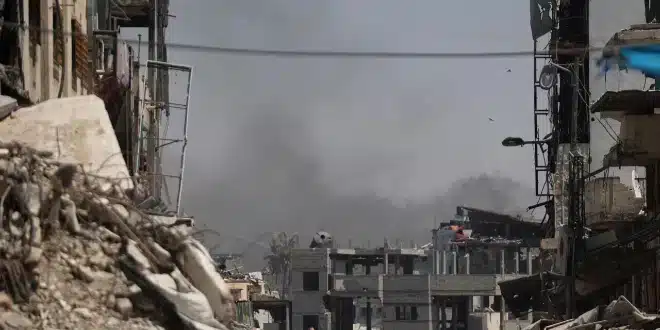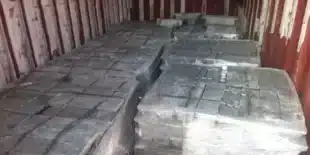Intense fighting continued to rock the Shujaiya district of Gaza City for a fourth consecutive day on Sunday. This area has experienced severe turmoil even after the Israeli military claimed to have dismantled the Hamas command structure in the region months earlier.
The conflict has forced tens of thousands of Palestinians to flee the battered neighborhood, as the Israeli military engaged in battles with Hamas and Islamic Jihad militants, including conflicts in the extensive network of tunnels beneath the district.
Over the last 24 hours, the Israeli forces reported neutralizing multiple militants, uncovering arms caches, and executing precision strikes on fortified enemy positions rigged with explosives. Concurrently, Israeli air forces have been active, targeting numerous infrastructure sites used by the militants.
Military action also escalated in central Gaza and the Rafah region in the south, notably a week after Prime Minister Benjamin Netanyahu indicated that the peak of the prolonged conflict, which began on October 7, might be drawing to a close.
According to the UN’s Office for the Coordination of Humanitarian Affairs (OCHA), the resurgence of violence in Shujaiya since Thursday prompted evacuation orders by the Israeli military, displacing an estimated 60,000 to 80,000 residents.
Efforts to negotiate a truce and a deal for the release of hostages in Gaza have seen little success. Hamas dismissed the latest U.S.-mediated proposal as unproductive. Osama Hamdan, a Hamas official, criticized the proposal as merely prolonging the conflict without any substantial progress towards halting the hostilities.
U.S. President Joe Biden had previously detailed an Israeli proposal for a six-week ceasefire and a partial prisoner exchange, which was met with skepticism by Hamas, which saw it as insufficient and ineffective.
The conflict, which escalated following a Hamas attack on southern Israel on October 7, has led to significant casualties. According to health ministry data, Israel’s counterattacks have resulted in at least 37,877 deaths, predominantly among civilians. The initial attack by Hamas is said to have killed 1,195 people, mostly civilians, and taken 251 hostages, with 116 still held.
Recent airstrikes, including one that struck a family home in Rafah at dawn, have added to the casualties, with six fatalities reported and subsequent artillery shelling observed in the region.
The humanitarian situation in Gaza remains dire, with the United Nations and other organizations expressing deep concern over the potential for widespread starvation among the enclave’s 2.4 million residents. Louise Wateridge of UNRWA highlighted the extreme conditions in Gaza, noting the extensive destruction and the severe lack of basic necessities like water, sanitation, and food.
In Israel, the public’s response has been one of vocal protest. Thousands have repeatedly gathered in Tel Aviv, calling for more decisive action to secure the release of hostages and advocating for early national elections.


